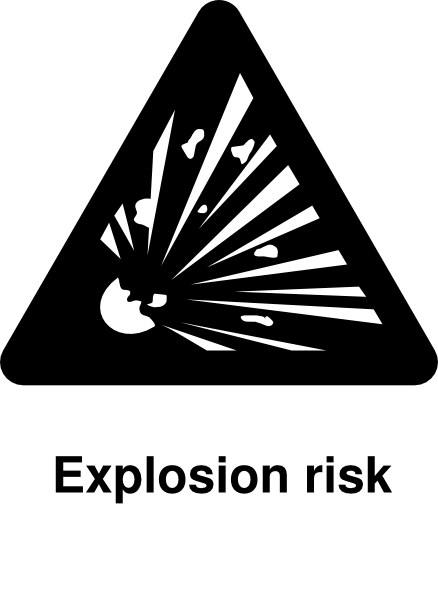Continuing with the fiery theme from last week, I found Tom Shephard’s article on LinkedIn Deepwater Horizon Accident – What the CSB Report Missed. Tom raises some interesting points about workplace fire safety that apply to everyone.
What happened on the Deepwater Horizon?
The Deep Water Horizon was a semi-submersible deepwater drilling rig that exploded. On 20th April 2010, a ‘slushy’ (a combination of drilling mud, methane and water) erupted out of the marine riser and caught fire. The blowout preventer which is a special valve designed to stop this happening failed. The specially installed blind shear ram (it’s a bit like a gate valve) also failed.
If you want to see an animated view of a drilling rig spectacularly exploding go to CSB Deepwater Horizon Blowout Animation. There was a massive fireball that could be seen over 60km away and 11 of its crew died, 7 were seriously injured and 115 workers managed to safely evacuate the rig.
On the 22nd April 2010, the rig sank causing the largest oil spill in the USA’s exclusive economic zone, approximately 5 million barrels of oil when straight into the Gulf of Mexico.
Who is the CSB and what did they find?
The CSB is the USA’s independent federal agency that investigates industrial chemical accidents. To read the full CSB report you can go to REPORT NO. 2010-10-I-OS Macondo Blowout and Explosion.
Here’s the ‘in a nutshell’ version of what caused this event:
- Latent failures in the blowout preventers (things were wired wrong and back up batteries failed).
- Pressure conditions were not maintained in the well causing the drill pipe to buckle.
- Human Performance and the ability to manually override key systems failed. In English, this means that people didn’t do what they were supposed to do and due to a complete loss of power there was not much they could do about it even if they wanted to do it.
What does Tom discuss in his post?
Tom focuses on how the designers of the rig assumed that power would always be available and people would be able to actively:
- Detect that something had gone wrong – even if alarm systems were switched off.
- Minimise the event through explosion suppression, isolation and lockout. There was a high reliance on human reaction, rather than an automated response. If there had been an E-stop of the generators and at the same time a closure/suppression of the ventilation to the engine room the explosion may have been prevented or minimised.
- Respond and recover from the event while suffering a complete power failure.
The loss of main and emergency electrical power disabled all firewater pumps (fire-fighting barrier), emergency lighting (muster and abandon barriers) and the ability to hold the facility on station using the dynamic position thrusters (station-keeping barrier).
How can you improve your workplace fire safety by applying these lessons?
- Smoke / Fire detectors: If you didn’t do it at the start of daylight saving check your detectors.
- Explosion suppression, isolation and lockout: Have you checked that the design of your building in relation to the equipment within it? It’s too easy to buy new plant and not consider the explosive repercussions. Have you checked that all your hazardous substances are being stored in the right place? A lot of work was done in 2017 when the new regulations came out, how is it all looking 2 years on?
- Do you have a system for tagout/lockout on-site? Is it being followed? Is it enough to protect the team? From my experience, this is one of the first safety procedures to be ignored because ‘it’s only going to take a few minutes…
- What happens in a power failure? If you have a power failure on-site what will keep working? Do you have an emergency generator? Do you have emergency power packs to keep phones charged?
As always, if you have anything to add to the discussion on workplace fire safety please call Sarah on 0272 007 680 or email sarah@employmenow.co.nz.
Have a safe and productive week,
SB
